Digital Nomad Guide to Living in Barcelona
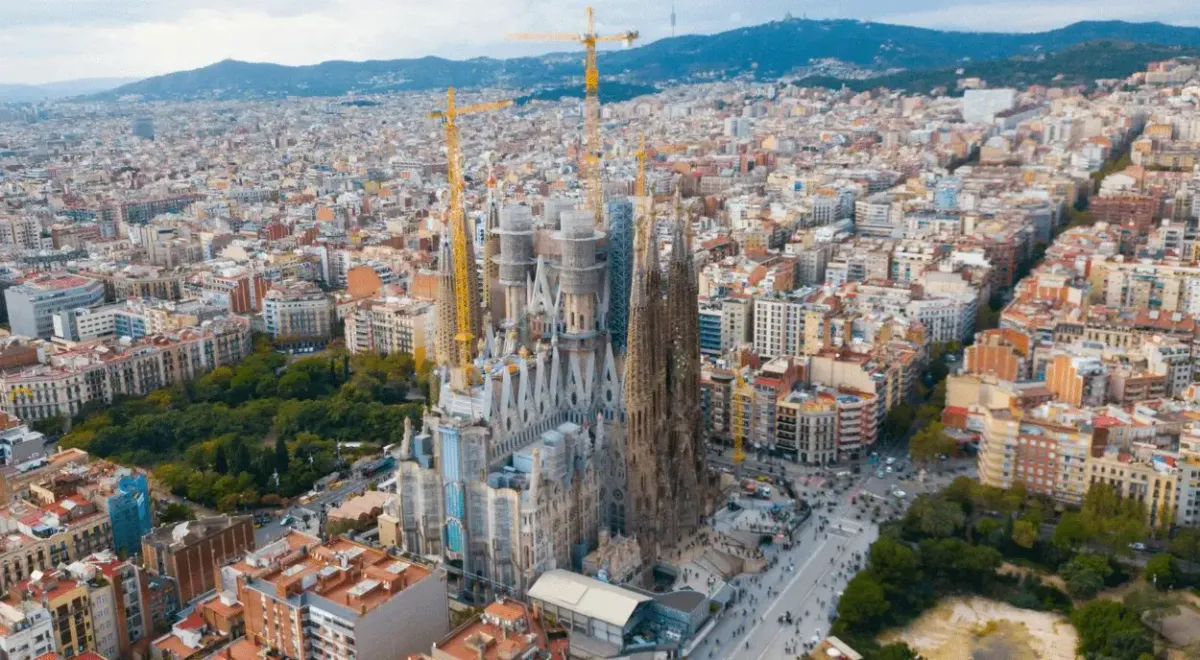
Barcelona is one city that truly has it all: Mountains, beaches, a rich culture, iconic architecture, an efficient transit system, incredible food, and lots of sunshine.
It’s no wonder people from all over the world fall under Barcelona's spell (including me).
As an American who’s been living in Barcelona for the past five years, I’ve gotten to know the ins and outs of this vibrant metropolis. In this guide, I’m going to share with you everything you need to know about living in Barcelona as a digital nomad.
By the time you finish reading, you’ll know if Barcelona is a good fit for you – and how to settle in as a digital nomad living in Barcelona.
Pros and Cons of Living in Barcelona as a Digital Nomad
Why You'll Love Barcelona
So. Let’s start with all the reasons you’ll love Barcelona:
It gets 300 days of sunshine per year (and the winters are mild)
With a temperate climate and 300 days of sunshine per year, Barcelona has some of the best weather in all of Europe. In the winter, temperatures range from 14-18° Celsius (57.2-64.4° Fahrenheit), and it never gets much below 7° Celsius (44.6° Fahrenheit). Translation: You’ll probably never need a hat or gloves and you may even find yourself sunbathing on the beach in January!
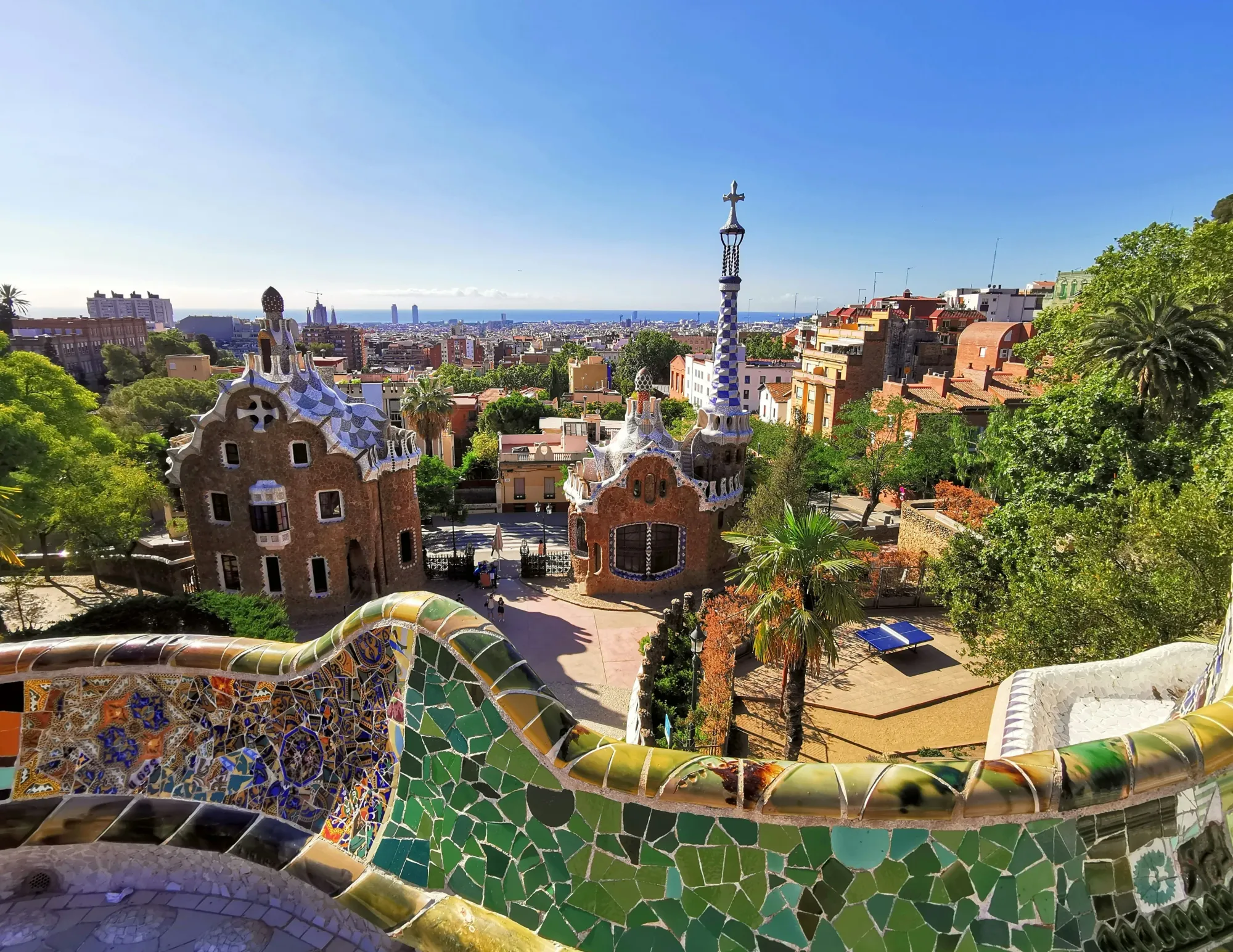
The food is amazing (and affordable)
Almost every time I travel outside of Barcelona (or Spain in general), I find myself disappointed by the food quality. Suffice it to say that I’ve definitely been spoiled living in Barcelona. The quality of food is unparalleled and affordable. You can eat out for just €10-15 (~10-16 USD) per person, especially if you take advantage of the Menu del Dia at lunchtime.
You can walk everywhere
Barcelona is the perfect size. Just small enough to easily get around but not so small that you feel like you know everything and everyone. You can walk pretty much anywhere and get from one point of the city to another within an hour. Or you can hop on a bike – or take the bus or metro – and get there even faster.
It has the mountains and sea
It’s pretty awesome to live in a city where you can spend one day swimming in the Mediterranean Sea and the next trekking up a mountain (or skiing just a couple of hours away).
There are countless beautiful towns and beaches to visit nearby
From Sitges and Tarragona to Girona and Besalú, there are SO many beautiful beaches and towns to visit just a short drive away from Barcelona. So if you ever get tired of city life, you can easily escape for a weekend getaway. Or even a day trip!
The Potential Downsides of Antigua
With all that said, no city is perfect. Here are a few reasons you might not love living in Barcelona:
There is a shortage of parks and green spaces
Even though there is an abundance of nature surrounding Barcelona, when you actually venture into the city center, there are very few parks or green spaces. Fortunately, the government is working to change that with superblocks and green axes, which are streets dedicated to pedestrians with more plant life and limited use of cars.
The housing is expensive and the qualifications are ridiculous
With all the expats and digital nomads coming to Barcelona in recent years, the cost of housing has risen substantially. If you’re looking for long-term housing (with a contract), you can expect to shell out at least €750-€800 (~787 - 840 USD) for a studio apartment and around €400-€600 (~440-660 USD) for a room in a shared apartment.
If you sign a lease, you’ll have to pay over one month’s rent in fees to the agency. That’s if you get approved. The qualifications to apply are stringent and the competition is fierce, making it difficult for freelancers or expats to find an apartment.
The city is crowded and filled with tourists
Barcelona is the playground of Europe so many people come here to party – or just escape the cold. Due to the influx of tourists and expats, many parts of the city – like the Gothic Quarter and Born – have lost a lot of their charm.
The majority of flats are old and dilapidated
I’ve lived in nearly 10 apartments in Barcelona and not a single one has had heating or air conditioning (considered a luxury in Barcelona). The majority of apartments are old and run down with paper-thin walls that allow you to hear things like a neighbor’s footsteps, drawers slamming shut, and drunken tourists yelling on the streets at night. Because they’re poorly insulated, the winters are cold and the summers are HOT. If you want a nicer, modern apartment (with thicker walls) then you can expect to pay a lot more for it.
It’s noisy
Thanks to all the motorbikes and traffic, drunken tourists, and constant construction happening around the city, Barcelona is one of the loudest cities in Europe. I only realized how loud it was when I went to Copenhagen and basically all I heard was the sound of people peddling their bikes. It was then that I realized “ok, this is what a city *should* sound like!”.
How to find Accommodation in Barcelona
For longer-term stay
If you want to stay in Barcelona for 6 months to a year, then I recommend checking out Badi, Idealista, or Facebook groups, like Barcelona Rentals. These are all good options if you want to rent a room in a shared apartment. If you want to rent your own apartment, then check out Idealista or fotocasa.
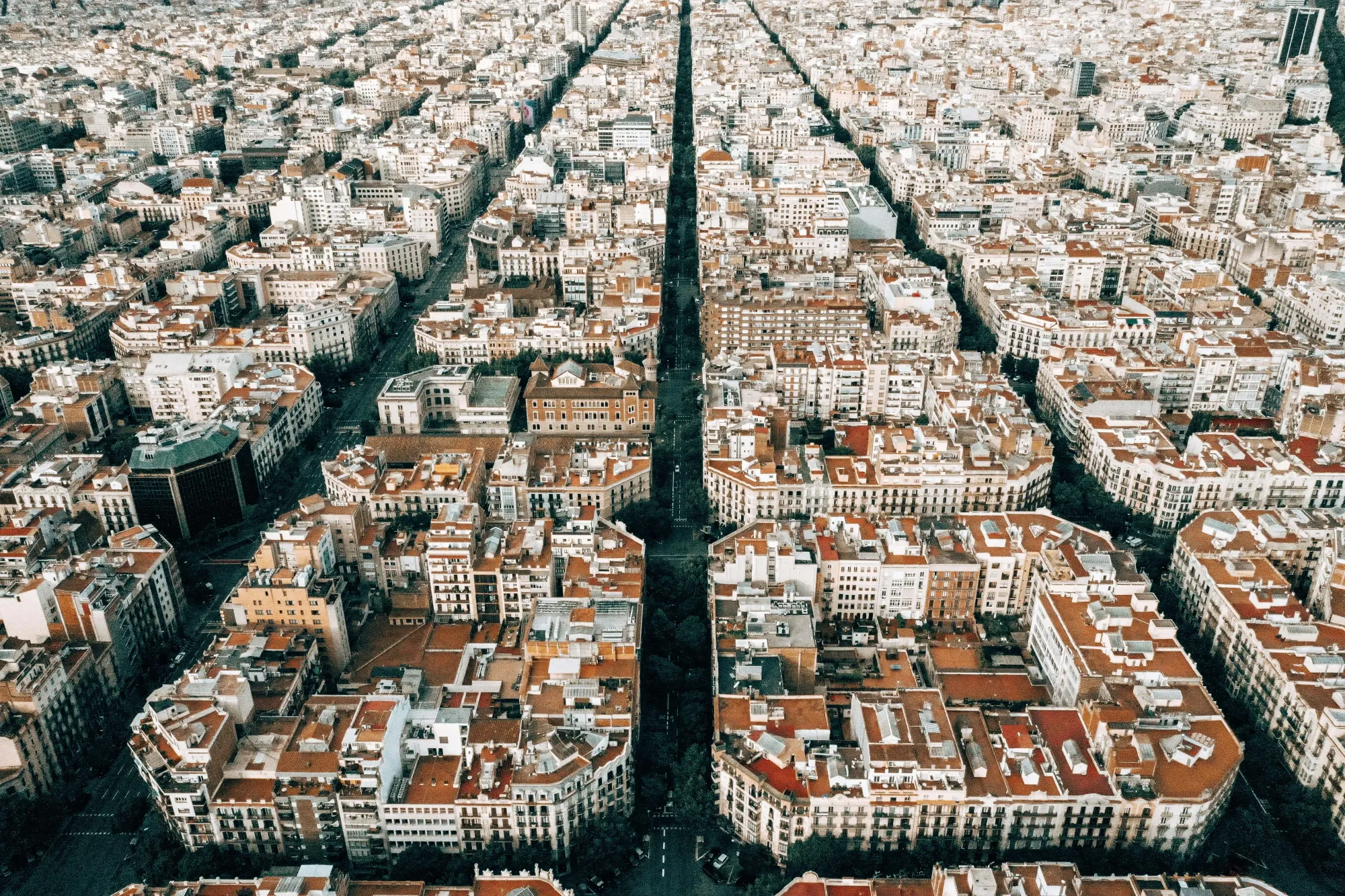
Also, just because you *can* pay more for a room or apartment doesn’t mean you should. Keep in mind the market prices and don’t offer to pay much more than that. If you do, then the prices will go up for locals (and everyone else). That’s how the city becomes unaffordable.
See what this Reddit user had to say:

So how much *should* you pay for long-term accommodation? Well, obviously it depends on a lot of factors like the location, quality of the apartment, how much natural light gets in, etc.
To give you an idea, I’m paying €850 (~900 USD) for my 55m2 apartment in Raval, all included. The apartment is old and there isn’t AC or heating but the walls are thick (a rarity in Barcelona) and I do have a small terrace that gets some natural light in the afternoon.
I wouldn’t pay much more than €600 for a room (on the high end). And no more than €1,200 for a one-bedroom apartment.
For short-term stay
If you want to stay in Barcelona for a short time, Airbnb or Booking are probably your best bet.
You could also browse the Facebook Groups (or Idealista and Badi) and look for people who are subletting their apartments while traveling. You should be able to secure a much better price than Airbnb that way.
Best Neighborhoods in Barcelona
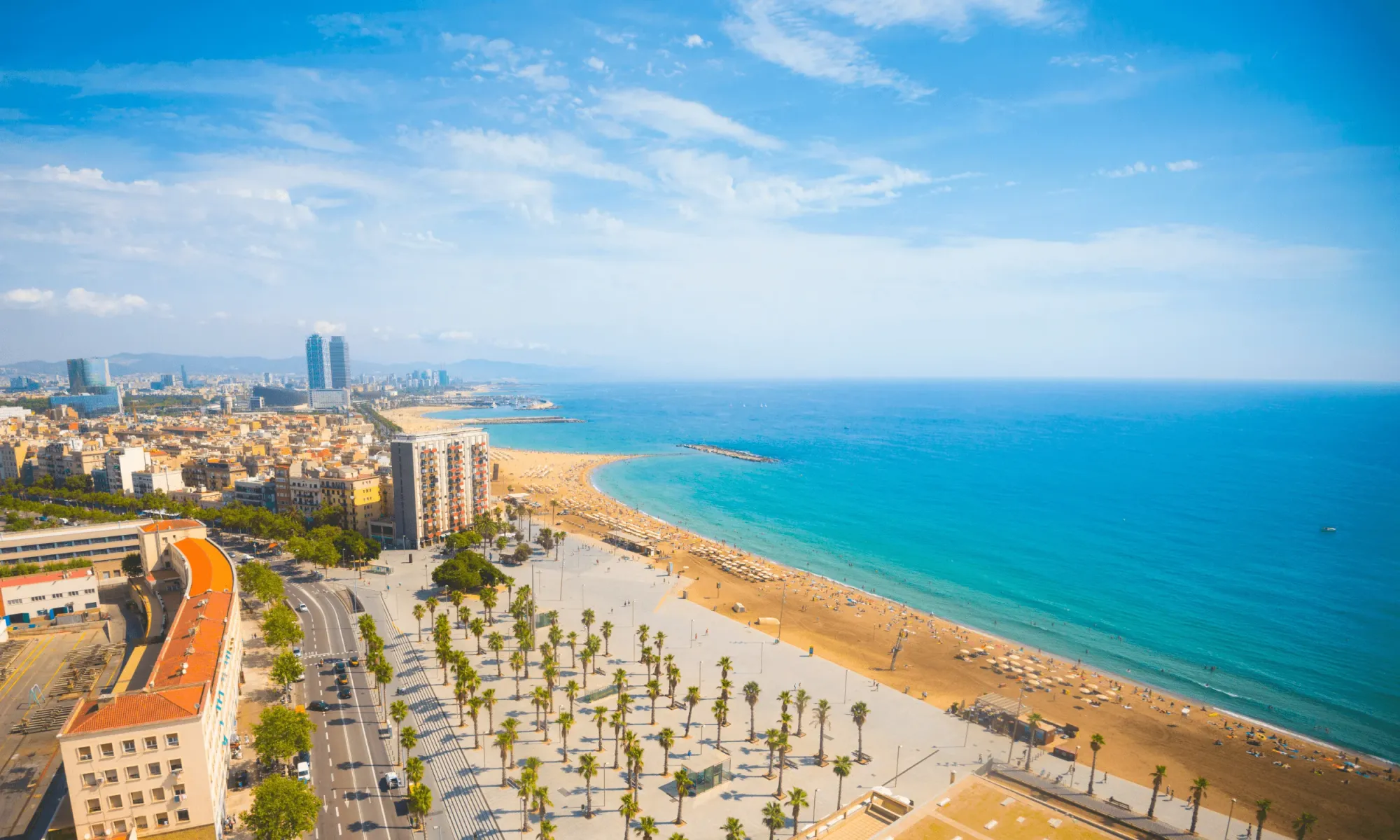
Every neighborhood in Barcelona has its own characteristics and unique style. There’s something for everyone.
Let's take a look at some of the most popular ones:
- El Born – Packed with sleek cocktail bars, charming restaurants, and boutique shops, this old historic quarter is one of the trendiest neighborhoods in Barcelona. It’s also close to the beach and home to one of the only parks in the city center, Parc de la Ciutadella.
- Poblenou – This district, known as the creative hub of Barcelona, is located to the east of the city center and close to the beach. Here you’ll find former factories and warehouses transformed into stunning coworking spaces.
- Gracia – This bohemian neighborhood was actually an independent town until the late 19th century. That helps explain why Gracia feels like a separate village within the city. Known for its narrow streets, locally-owned shops, and bustling plaças (squares filled with restaurants and bars), Gracia is easily one of the most charming neighborhoods of Barcelona.
- Eixample – The busy yet elegant neighborhood of Eixample is located between Gracia and the old quarter (Ciutat Vella). It’s known for its wide streets that form a grid pattern and is made up of high-end shops and restaurants. Eixample is also the most gay-friendly district of Barcelona, so you’ll find a lot of gay bars and businesses in the area.
- Barceloneta – Prefer to be by the beach, close to the center of the action? Then you’ll want to check out the seaside neighborhood of Barceloneta. This local, working-class neighborhood was once an 18th-century fishing village and is now a vibrant neighborhood packed with restaurants and bars.
How to Get Around
Personally, I walk and bike everywhere in Barcelona using the city’s free bike system, Bicing, which you can use if you’re a resident for €50 per year. Otherwise, you can rent a bike by the hour using an app like DonkeyRepublic.
Prefer public transport? You can take the bus, metro, tram, or FGC (suburban rail service) pretty much anywhere.
Barcelona has more than 12 metro lines, plus 230 bus lines and 30-night bus lines, so the city is super well connected. It’s also efficient so the metro lines run every 2-4 minutes during the day (and every 10 minutes at night).
Internet connectivity
Whether you’re working from home, a coworking space, or cafe, you shouldn’t have any issues with internet connectivity in Barcelona. Most cafes offer free, fast wifi. You can even connect to free wifi on the street via Barcelona WiFi (a service provided by the government).
Prepaid SIM Card
Movistar, Vodafone and Orange are three of the main carriers in Spain. You can buy a SIM card directly from one of the shops or kiosks around the city. Bring your passport details when you go because you’ll have to register your phone number with authorities.
eSim Plans for Spain
Alternatively, you can purchase an eSIM before arriving in Spain and activate it instantly when you land. eSIMs are digital SIM cards that download directly to compatible smartphones. Pretty cool, right?
In my experience, the most reliable eSIM providers for Spain are Holafly and Airalo. Below you can find the data allowances for each provider and the different plans. Holafly also offers a wide range of Europe eSIM plans that could be useful if you plan to travel to multiple European countries in one trip.
Best Places to Work From in Barcelona
Best Coworking Spaces
- SoWo Coworking – SoWo is a beautiful, light-filled coworking space in Eixample. The space has various working rooms, relaxation areas, and a large kitchen (with free coffee and water). The staff are super friendly and accommodating as well. Their plans are:
- €6 (~7 USD) per hour (plus IVA)
- €20 (~21 USD) per day
- 50 hours for €99 (~104 USD) (plus IVA)
- 100 hours for €149 (~$157 USD) (plus IVA)
- Monday – It is another one of my favorites (although the staff isn’t very friendly). They have several locations throughout Barcelona, which each have their own advantages. The Barceloneta location has a beautiful view of the port, along with a gym, gaming area, and yoga room. The Pau Claris space has a massive terrace, gaming area, gym, and is centrally located (just a few steps from Plaza Catalunya).
The Arroba location (in Poble Nou) boasts a beautiful, shaded rooftop terrace, in addition to a gym and gaming area. And Monday Tibidabo is a bit far from the city center but is worth the trip. It has a pool, gym, squash court, and panoramic view of the city. Here are the pricing options for all Monday locations:- Day pass: €29 (~30 USD)
- Weekly pass: €99 (~104 USD)
- 20 hours pass: €79 (~83 USD)
- 40 hours pass: €149 (~157 USD)
- 80 hour pass: €179 (~$88 USD)
- Hot desk: €199 (~209 USD) per month
- Fixed desk: €299 (~314 USD) per month
- Private office: €399 (~419 USD) per month
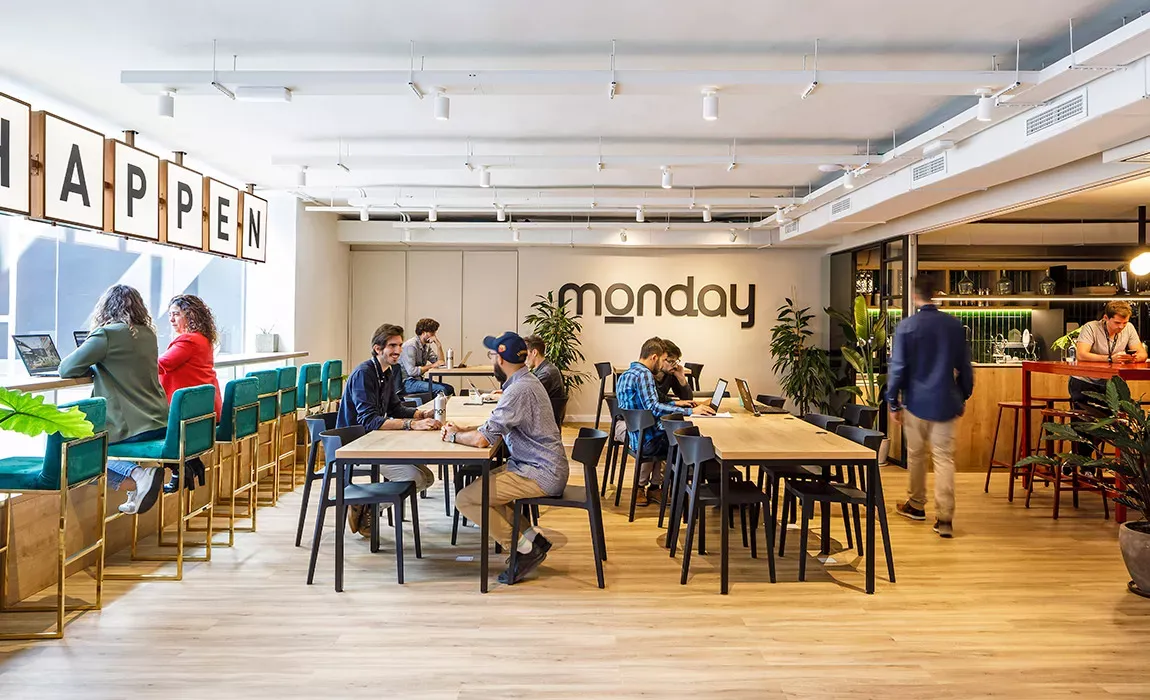
Best Cafes to Work From
- Sandwichez – Sandwichez is a chain located all over the city that sells coffee, smoothies, and yup, sandwiches. The coffee isn’t that great but they do have free wifi and won’t pester you to leave even if you stay all day. For that reason, many remote workers love working from here.
- Federal Cafe – This cafe in Sant Antoni offers breakfast food and wifi in a light-filled space. Plus a large, shared table dedicated to remote workers. Just keep in mind that you can’t work from there on Sundays.
- Paradero – If you go to this cafe in Eixample, you’ll be greeted by a friendly, welcoming staff who won’t make you feel guilty about sitting there with your laptop for hours on end. In addition to free wifi, Paredero offers a variety of brunch options and specialty coffee.
Cost of Living in Barcelona
Compared to other European cities, Barcelona is very affordable. For people on a typical Spanish salary, however, it’s quite expensive. Ultimately, your cost of living in Barcelona will be dependent on your lifestyle but you can expect to pay anywhere from €2,000 to €5,000 (~2,100-5,250 USD) in monthly costs, including rent.
Accommodation Costs
Your accommodation costs will largely depend on how nice the apartment is, when you visit, where you choose to live, and how long you stay.
Most apartments in Barcelona are older so if you want a newer or recently reformed apartment, then you can expect to pay above average.
Prices tend to be much higher in the summer and lower in the winter. If you want to live in one of the more popular areas like El Born, Poblenou, or Gracia, you will likely pay more as well. While less desirable neighborhoods like Raval, Barceloneta, and Sagrada Familia tend to be cheaper.
And like anywhere, if you can commit to staying for a longer period or enter into a contract, then you should be able to secure a much better price.
But to give you an idea, here’s what you can expect to pay for longer-term stays:
- €400-600 (~420-630 USD) for a room in a shared apartment
- €750-900 (~787-945 USD) for a studio apartment
- €1100-1200 (~1,155-1,260 USD) for a one-bedroom apartment
The bigger your place, the more you can get for your money. The price of a two-bedroom apartment is often not that much more than the price of a one-bedroom apartment.
If you only want to stay a couple of months (or less) in Barcelona, then check out Agoda, Booking, Airbnb, or the aforementioned Facebook groups where you might find people subletting a room or apartment.
The prices on Airbnb are obviously inflated (sometimes a LOT) so to get the best rate, book for a full month (or more) and always ask for a discount before booking (assuming that the price isn’t reasonable).
Food Costs
Unlike housing, food is very affordable in Barcelona. A meal at a restaurant normally costs between €10-30 (~11-32 USD).
If you want the best price, then take advantage of the lunch menu (Menu del Dia), where you can get a drink, appetizer, main course, and dessert for just €10-15 (~11-17 USD). Dinner is a bit more expensive but still very affordable compared to the US and many other European cities.
Because Spain is a large producer of fruits and vegetables for the rest of Europe, produce is much cheaper (and fresher) than surrounding European countries. This means that grocery shopping is also very affordable in Barcelona.
My favorite grocery stores are Ametller Origen and Veritas (both Catalan chains). They’re both a bit more expensive than other options (particularly Veritas) but they have fresh, high-quality produce and a variety of healthy food options.
If you’re on a tighter budget, then check out Lidl or Aldi, which are discounted grocery stores that can be found all over the city.
Transportation Costs
Public transportation in Barcelona is very affordable. A monthly metro card (called a T-Usual) costs €40 (around 43 USD) and will give you unlimited access to the metro and bus system.
If you don’t plan on using the public transportation system much, you can opt for a single pass which will set you back €2.55 (around 3 USD). Or you can get a 10-ride pass for €12.15 (around 13 USD).
Culture and Food in Barcelona
Barcelona is the capital of Catalonia, an autonomous region of Spain with its own culture, food, language, and traditions.
The city is a melting pot of nationalities, with 20.2% of residents coming from abroad (mostly Italy, China and Pakistan).
Even though more than 200 languages are spoken on the streets of Barcelona, the city recognizes just two: Spanish and Catalan.
Given how international the city is, many people do speak at least a bit of English. But if you want to spend some time in Barcelona, it’s a good idea to learn some Spanish. Bonus points if you learn a few phrases in Catalan - the locals will love you for it!
The typical food in Barcelona is paella, sausage, croquettes, patatas bravas, jamon ibérico (Spanish ham) and gazpacho. You’ll find patatas bravas and the Catalan dish, pan con tomate (tomato smeared onto bread), at pretty much any restaurant you go to.
Another famous food in Catalonia is calçots, which are giant burnt onions. There are even festivals (called calçotadas) where people come together to eat çalcots and drink wine.
Best restaurants in Barcelona
With more than 8,000 restaurants to choose from, gastronomes and foodies won’t be disappointed by the restaurant scene in Barcelona. You can find every type of food imaginable: Italian, French, Peruvian, Brazilian, Hungarian, Middle Eastern…
Fortunately, when it comes to eating out in Barcelona, it’s hard to go wrong. At least based on my experience, you’re more likely to encounter a restaurant with high-quality, fresh ingredients than one with lower-quality ingredients.
Here are just a few of my favorite restaurants in the city:
Local restaurants
El Nacional
Located on Barcelona’s most elegant boulevard, Passeig de Gracia, El Nacional is a beautiful space with high ceilings and stunning decor. It’s made up of four restaurants and four bars, where you can order tapas and wine or various meats and seafood dishes.
Viblioteca
This cheese and wine bar in Gracia offers a rotating menu of wines, cheeses, and fresh dishes made of high-quality ingredients. It gets busy so make sure to reserve a table ahead of time!
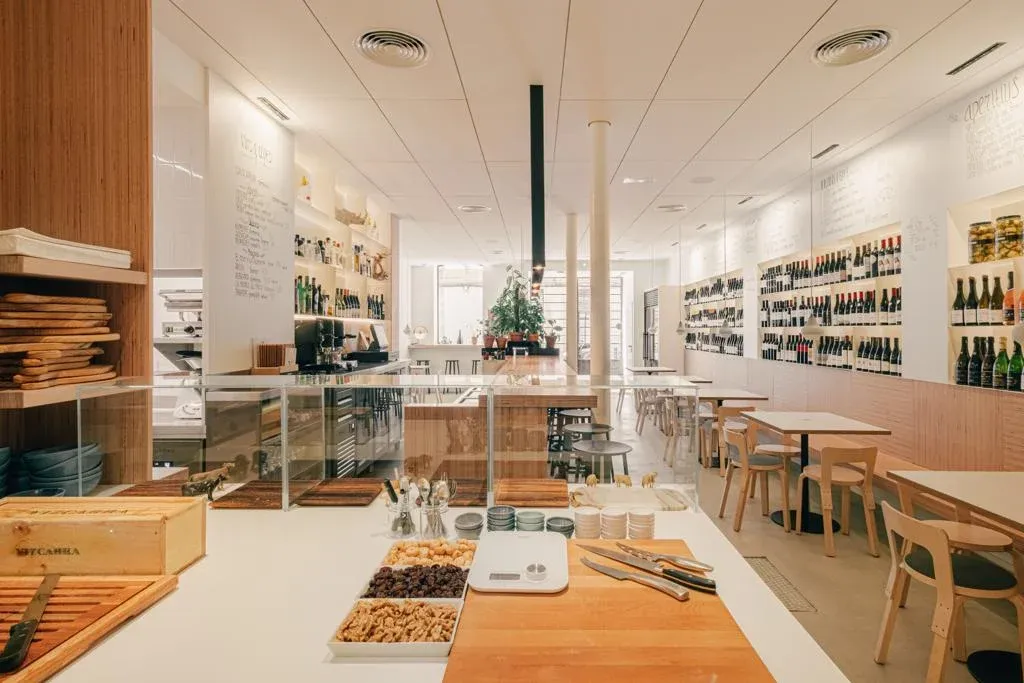
BORO Bar
This restaurant has the best Menu del Dia in town (I think anyway). For €17.50, you get an appetizer, main course, dessert, and drink. The Menu Del Dia changes daily so you *know* the ingredients have gotta be fresh.
International restaurants
Sartoria Panatieri
This Eixample restaurant is known for having the best pizza in Europe outside of Italy. And it lives up to its reputation. The restaurant serves mouth-watering Napoolitan-style pizza in a minimalist, industrial-style restaurant with an open kitchen.
Silan
Home to some of the best Middle Eastern cuisine I’ve ever tasted, Silan is a small restaurant on the busy street of Enric Granados. If you go, try the challah bread with hummus. It’s delicious (along with everything else on the menu).
Robata
This Japanese restaurant is on the pricier end (for Barcelona standards), but worth it. You’ll probably spend around €50 per person between food and drinks. Robata serves unique sushi rolls, along with a variety of meat and salad options.
Best Time to Visit Barcelona
The best time to visit Barcelona is May and June when the weather is warm (but not too hot) and the days are long.
September and October are also good months to visit since the temperatures have cooled down, the prices are more reasonable and fewer tourists are roaming the streets. February is one of my favorite months as well since it tends to be sunny and temperatures can climb up to 19° Celsius.
Top Things to Do in Barcelona
So you know you’re supposed to go to Sagrada Familia, Park Guell and Las Ramblas. But other than the touristy stuff you can Google, what else should you do in Barcelona?
Well, a lot. Here are a few more things to add to your Barcelona bucket list:
1. Meander around the streets of Gracia and El Born
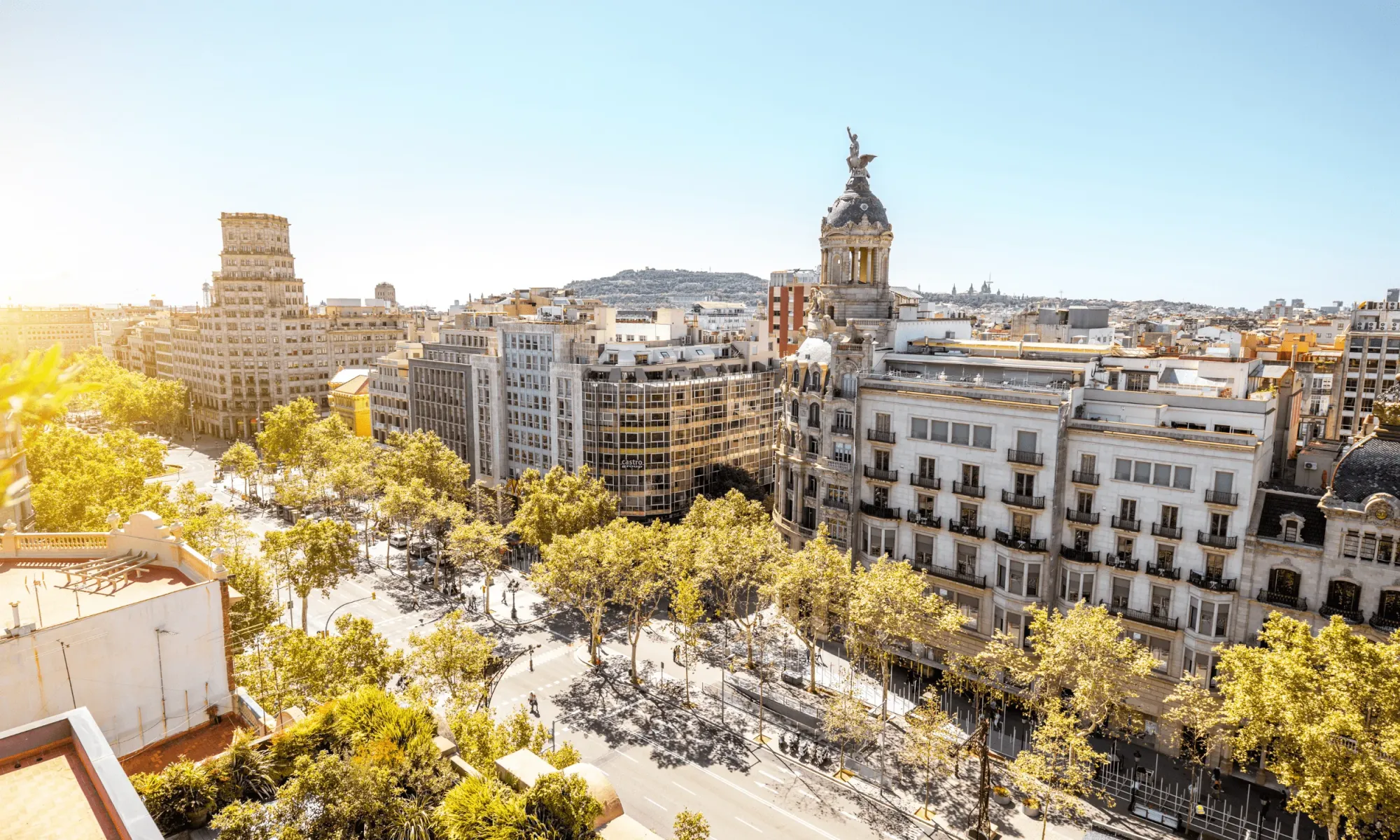
The best way to discover Barcelona is by foot. Start by meandering around the picturesque streets of Gracia. Weave your way through the bustling plazas and then work your way through Eixample down to El Born.
2. Have a picnic in Park Ciutadella
When your feet are sore from walking, head to Park Ciutadella and check out the Cascada Monumental, Gaudi’s 19th-century fountain. Next to the monument, you can rent a boat and paddle around the small lake. Then plop yourself down and have a picnic on the grass.
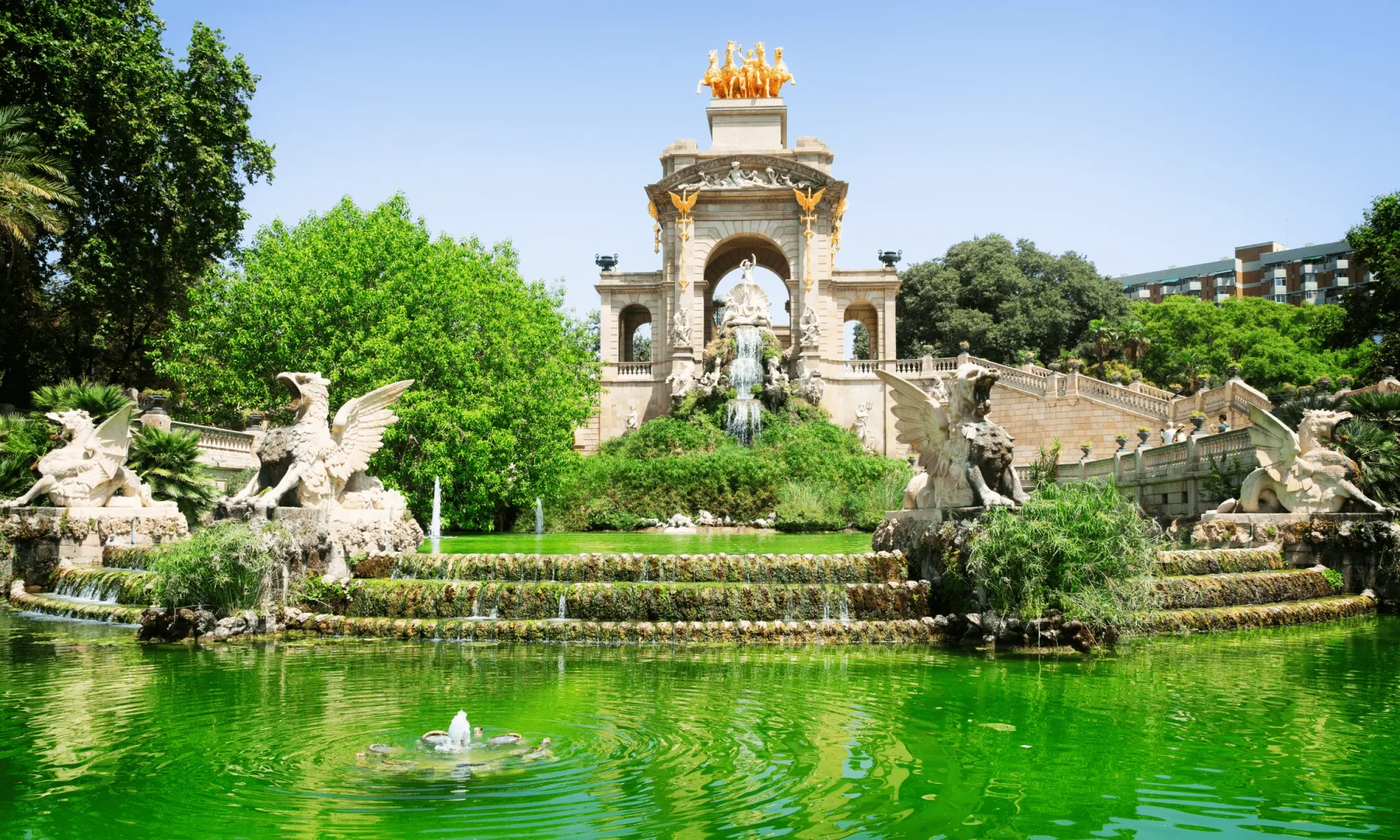
3. Walk (or bike) along the beach promenade
If it’s sunny out, you could stroll along the beach promenade from Barceloneta to Platja Bogatella. Or plop yourself down on the beach and soak up some rays. Just don’t let your belongings out of your sight or they might be subject to pickpocketing!

4. Dine at a tapas restaurant
When nighttime rolls around, you can dine at one of the many tapas restaurants and sample some of the typical Catalan and Spanish dishes, like pan con tomate, tortilla espanola, patatas bravas, and croquetas.
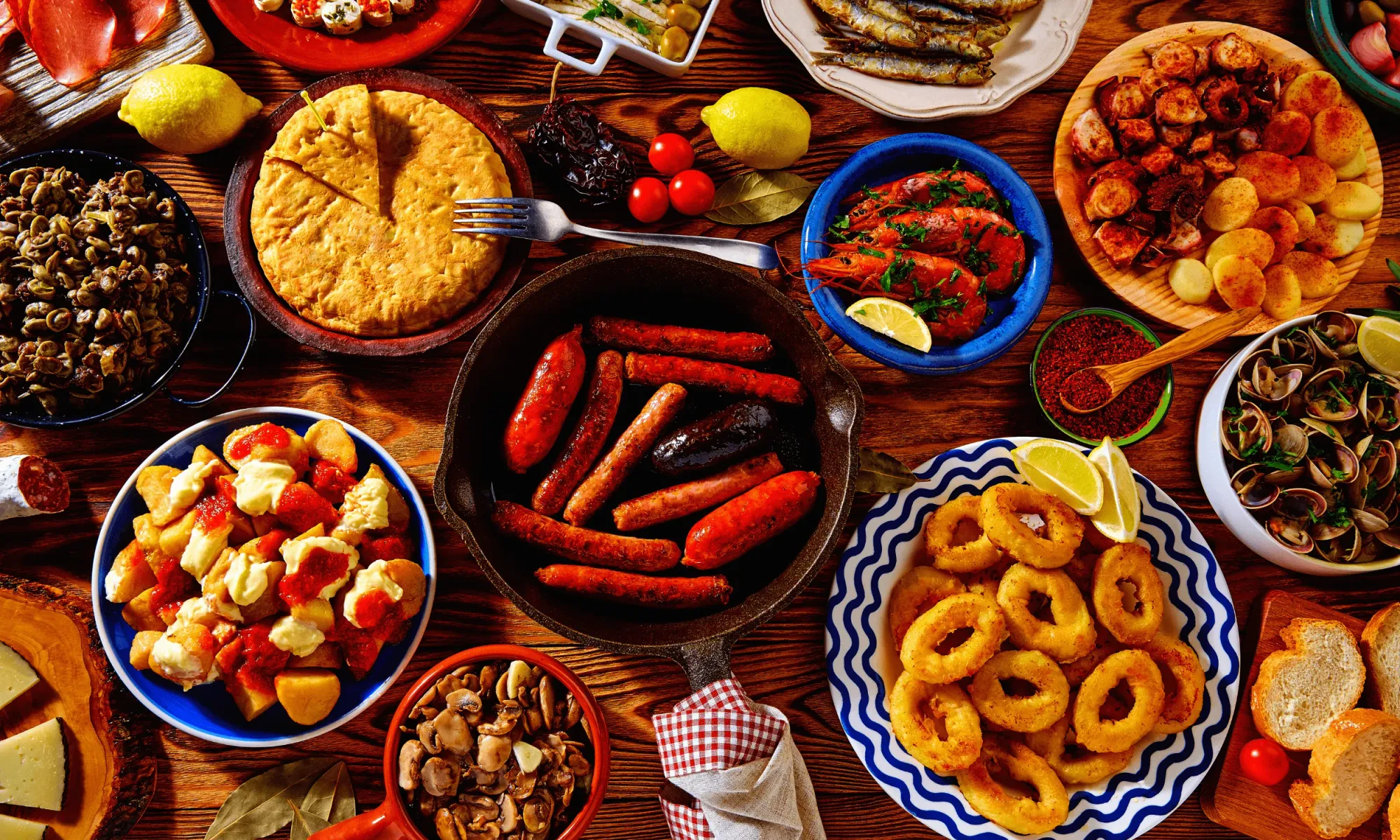
5. Have a drink at one of the many rooftop bars
In the summertime, rooftops are *the* thing to do in Barcelona. Most hotels in Barcelona have a rooftop bar or restaurant where you can enjoy a drink and take in the impressive city views. My favorites are Eleven and 1881 per Sagardi. Both are highly recommended for sunset.

6. Get your rave on at an electronic music festival
People flock to Barcelona from all over Europe to attend springtime music festivals like Sonar and Primavera Sound. Throughout the spring, summer, and early fall, there’s an electronic music festival almost every Sunday called Brunch in the Park.
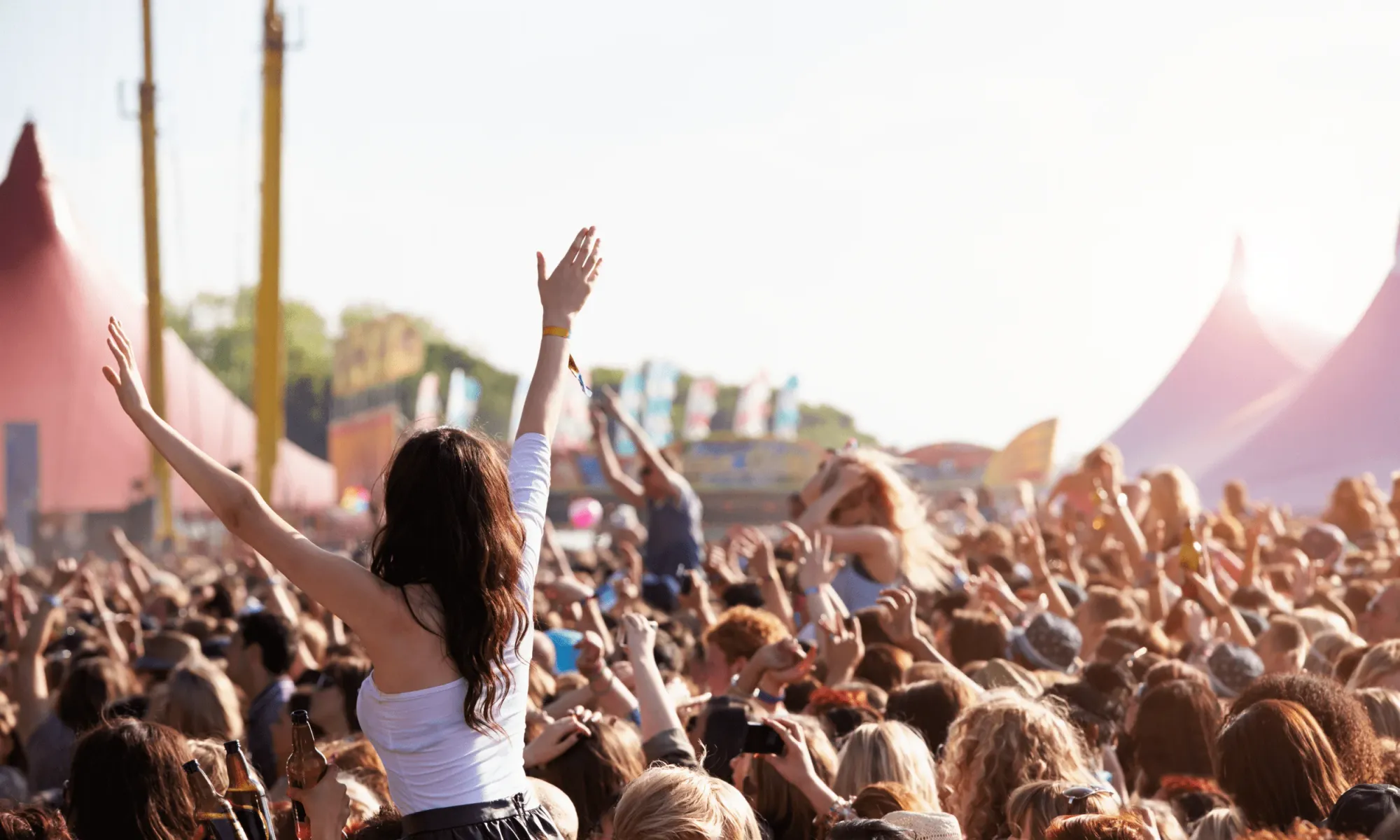
7. Go for a hike in Collserola Park (or outside the city)
You don’t have to venture far outside Barcelona to breathe in some fresh mountain air. Instead, you can hop on the bus or metro and head to Collserola Park, which is just 15 minutes away from the city center. Here, you can enjoy 8,000 hectares of parkland and panoramic views of the city.
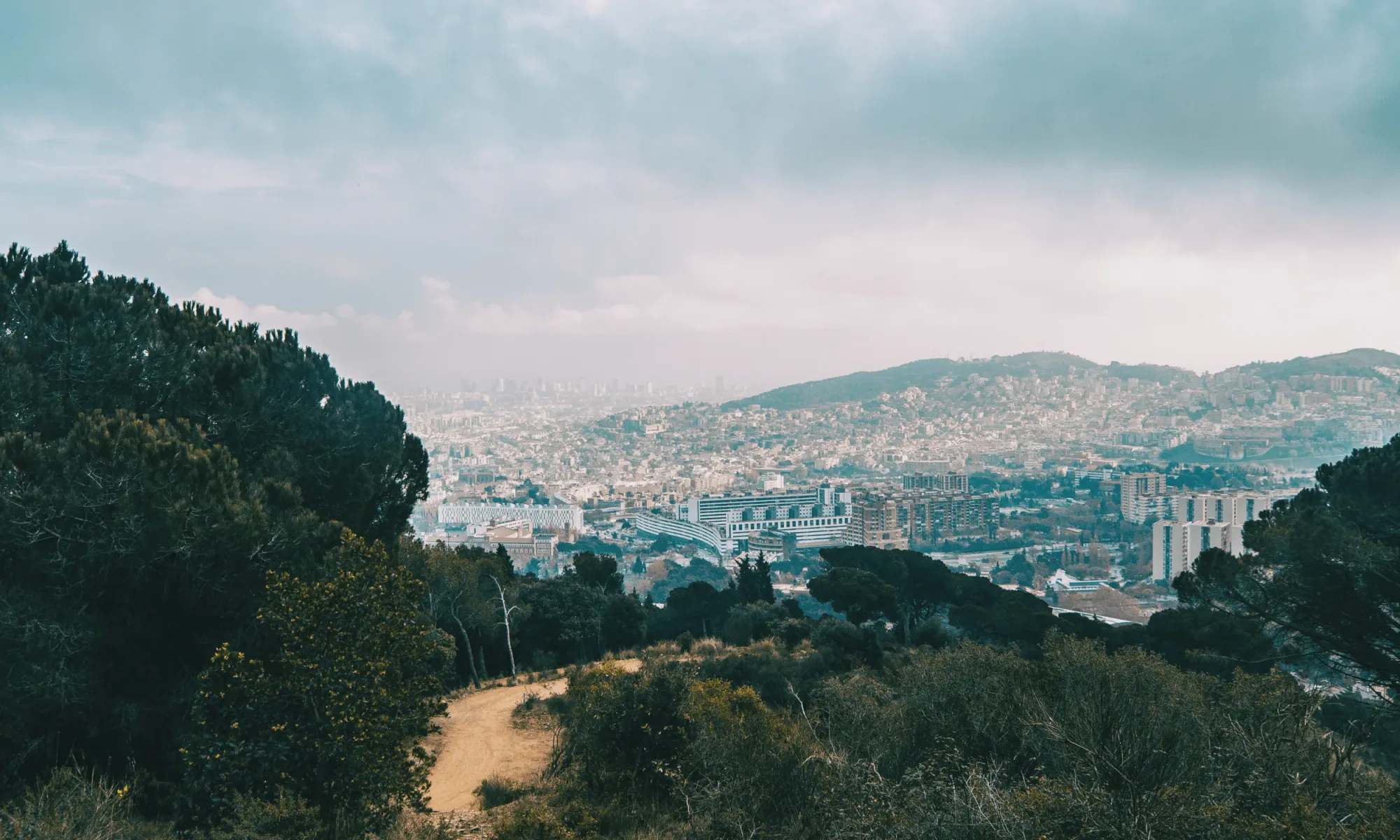
8. Stroll through the Jardim Botanico of Montjuic
Inside Montjuic Park, you can visit the Botanical Gardens of Barcelona, which are home to about 1,500 plant species. The entry is 2.50€ for people 29 and younger and 5€ for people older than 29. Admission is free on Saturday from 3-6 PM.
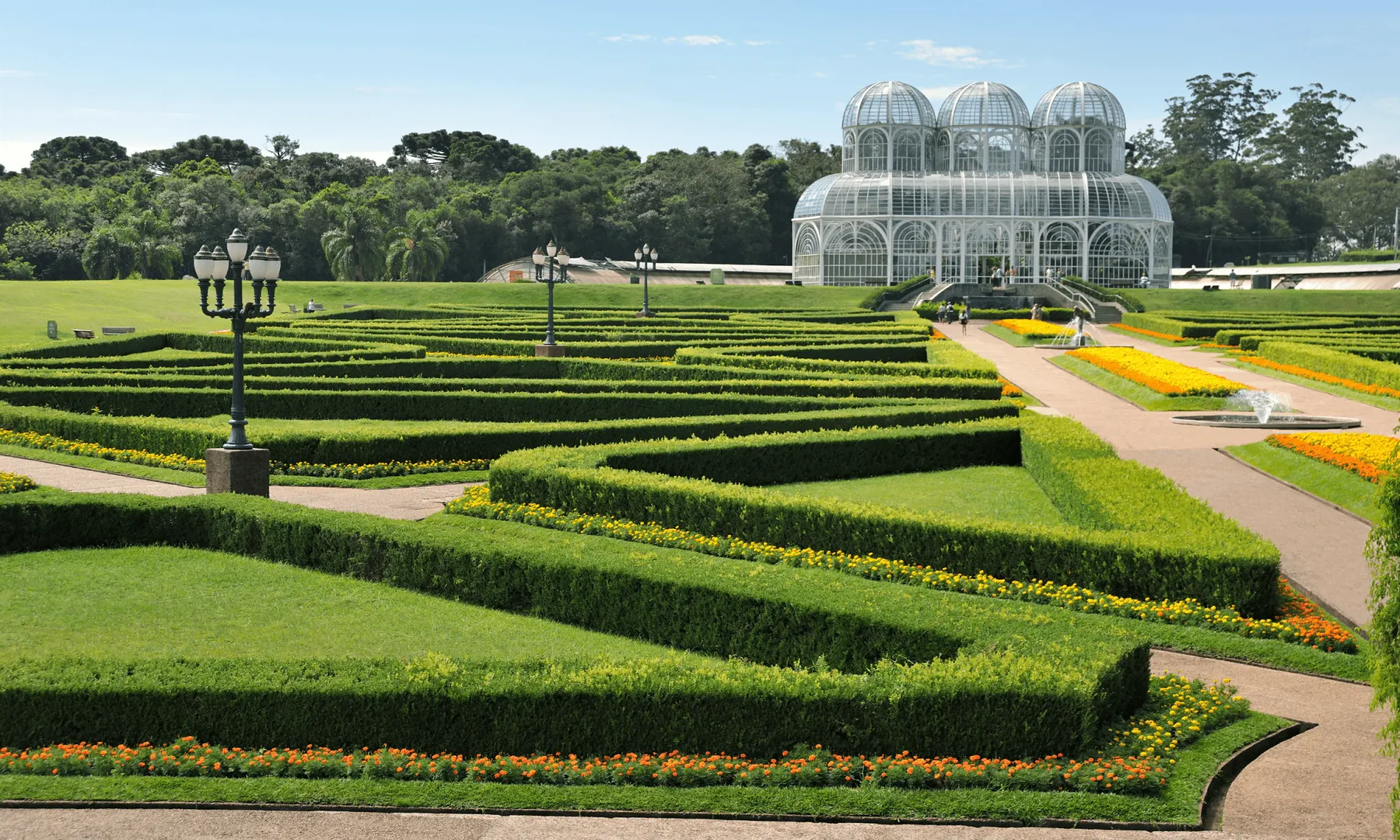
9. Explore Costa Brava for the weekend
Costa Brava, the coastal region of Catalonia, is characterized by quaint towns, gorgeous hidden coves, and stunning beaches. Most of the towns can be accessed via bus or train but if you rent a car, you’ll have the freedom to easily hop from one town to another. My favorite towns in Costa Brava are Cadaqués and Calella de Palafrugell.
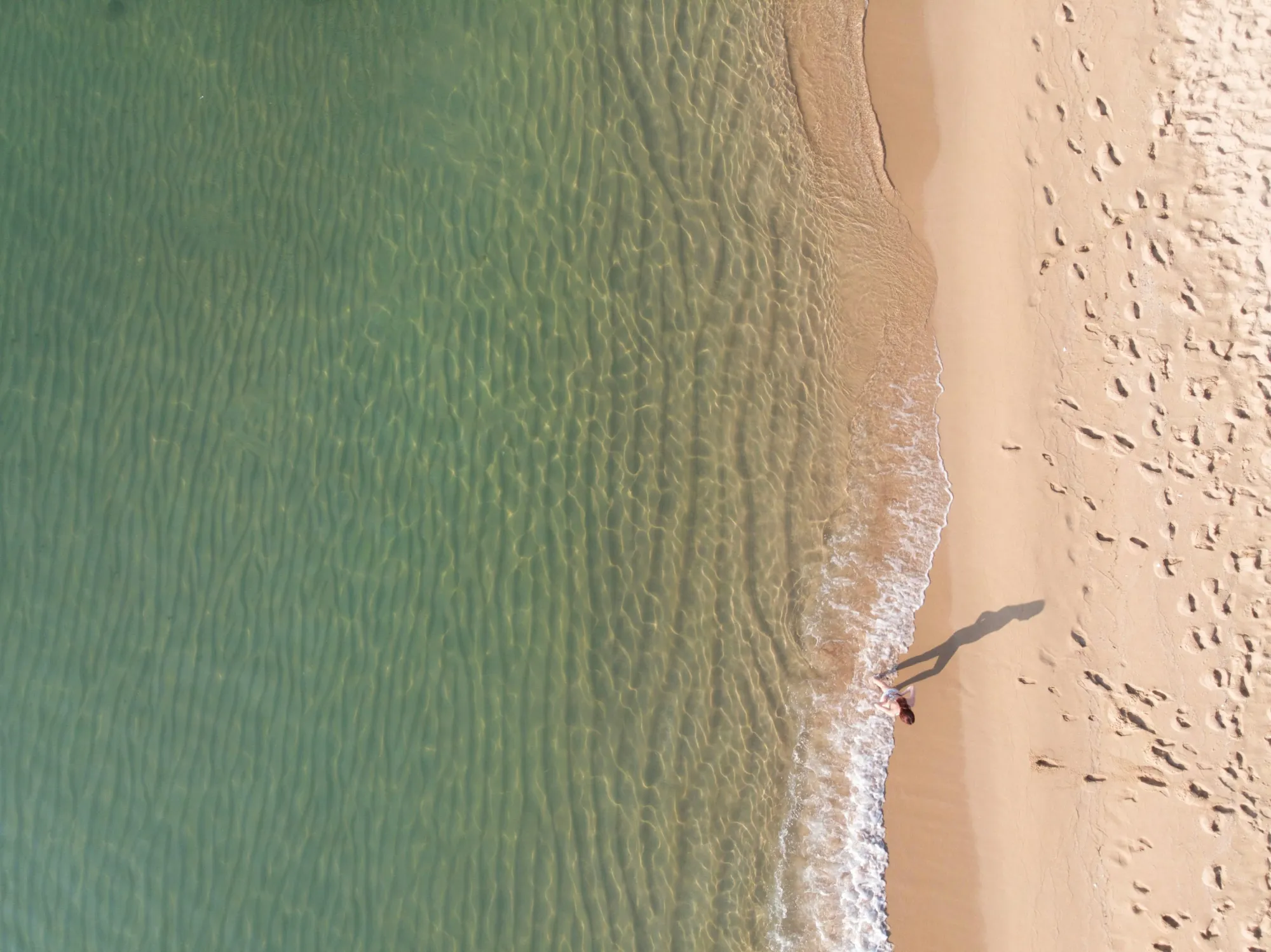
10. Spend the weekend (or day) in Girona
The province of Girona is made up of enchanting medieval towns, natural parks, and mountain villages. Some highlights include Girona (also a town), Besalu, Castellfollit de la Roca, Pals, and Vic.
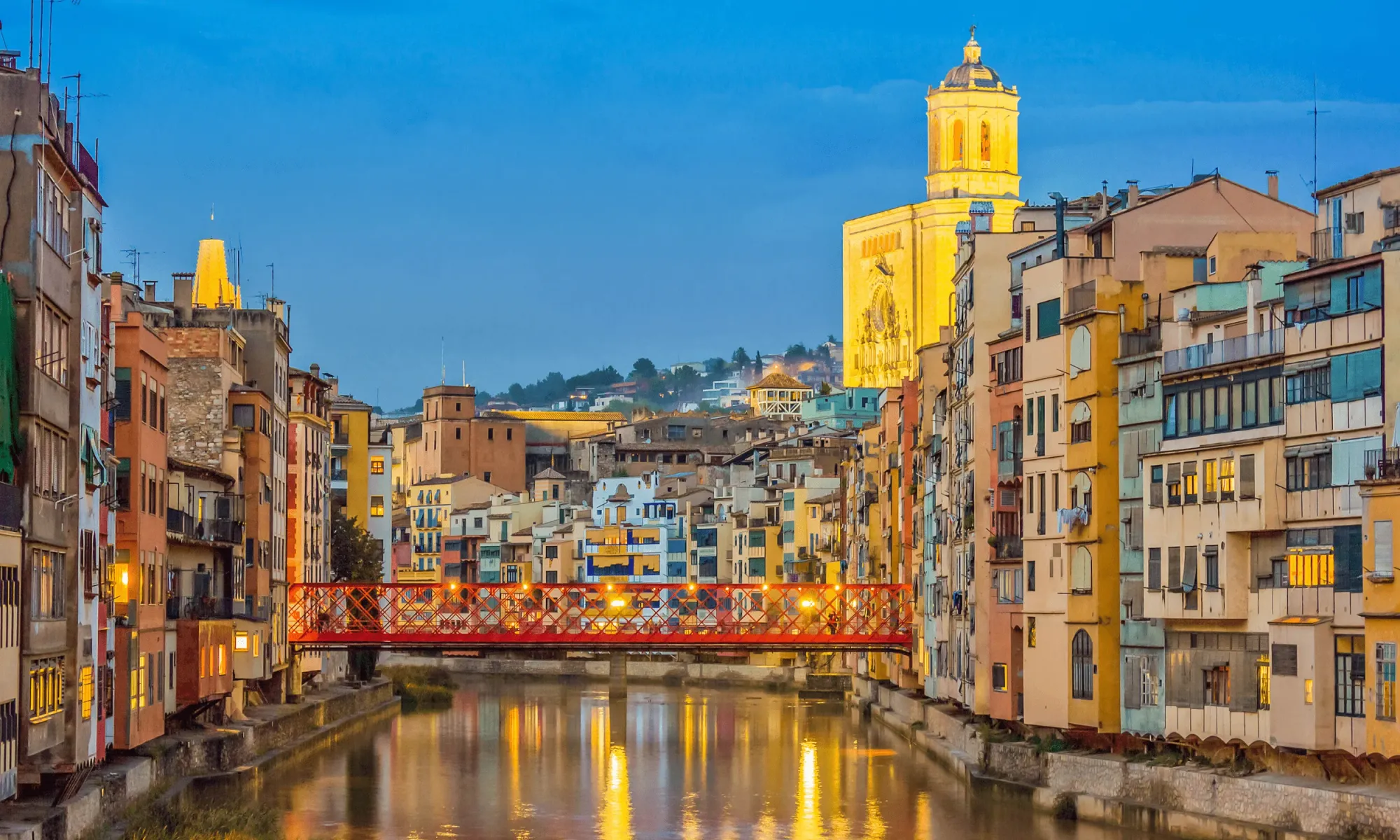
Visa Requirements
Short-term stay
If you only want to stay in Barcelona for a short time (up to 3 months), then you can visit as a tourist. Citizens from certain countries like the US, Canada, Mexico, Brazil, Australia, and Japan don’t need a visa to visit as a tourist. But citizens from other countries, like Russia, India, and China, will need to apply for a tourist visa before entering Spain (or anywhere in the Schengen Zone).
Long-term stay
If you want to stay in Barcelona for a longer period (i.e: more than 3 months at a time), then you’ll have to apply for a visa. There are several options available, including the non-lucrative visa (which allows you to live in Spain but not work for a Spanish company) and the Spain digital nomad visa.
Staying Safe in Barcelona
Other than petty crime, Barcelona is a pretty safe city and I’ve never experienced any major issues in the five years I’ve been living there.
That said, it is a hot spot for pickpocketing. I’ve never had anything stolen (knock on wood!) – but I’ve come close. And I’ve heard enough stories to make me keep my guard up.
You’ll want to be extra careful at night in areas like Sant Antoni, Raval, and El Born. Also, be careful anytime at the beach in Barceloneta, on the subway, or at any big events. If you keep your bag in front of you (and always zipped), you should be fine.
Home robberies and squatting are also fairly common in Barcelona, so wherever you choose to live, make sure that the doors are thick with secure locks. It’s probably a good idea to get a safe as well.
Oh, and always lock your door, even if you go out for just 15 minutes. I’ve heard stories of people getting robbed while they were gone for just a few minutes, and others who were robbed while they were sleeping!
Ready to Make Barcelona Your Next Nomad Destination?

Join our global
digital nomad community
Join us for free
Freaking Nomads is supported by you. Clicking through our links may earn us a small affiliate commission, and that's what allows us to keep producing free, helpful content. Learn more

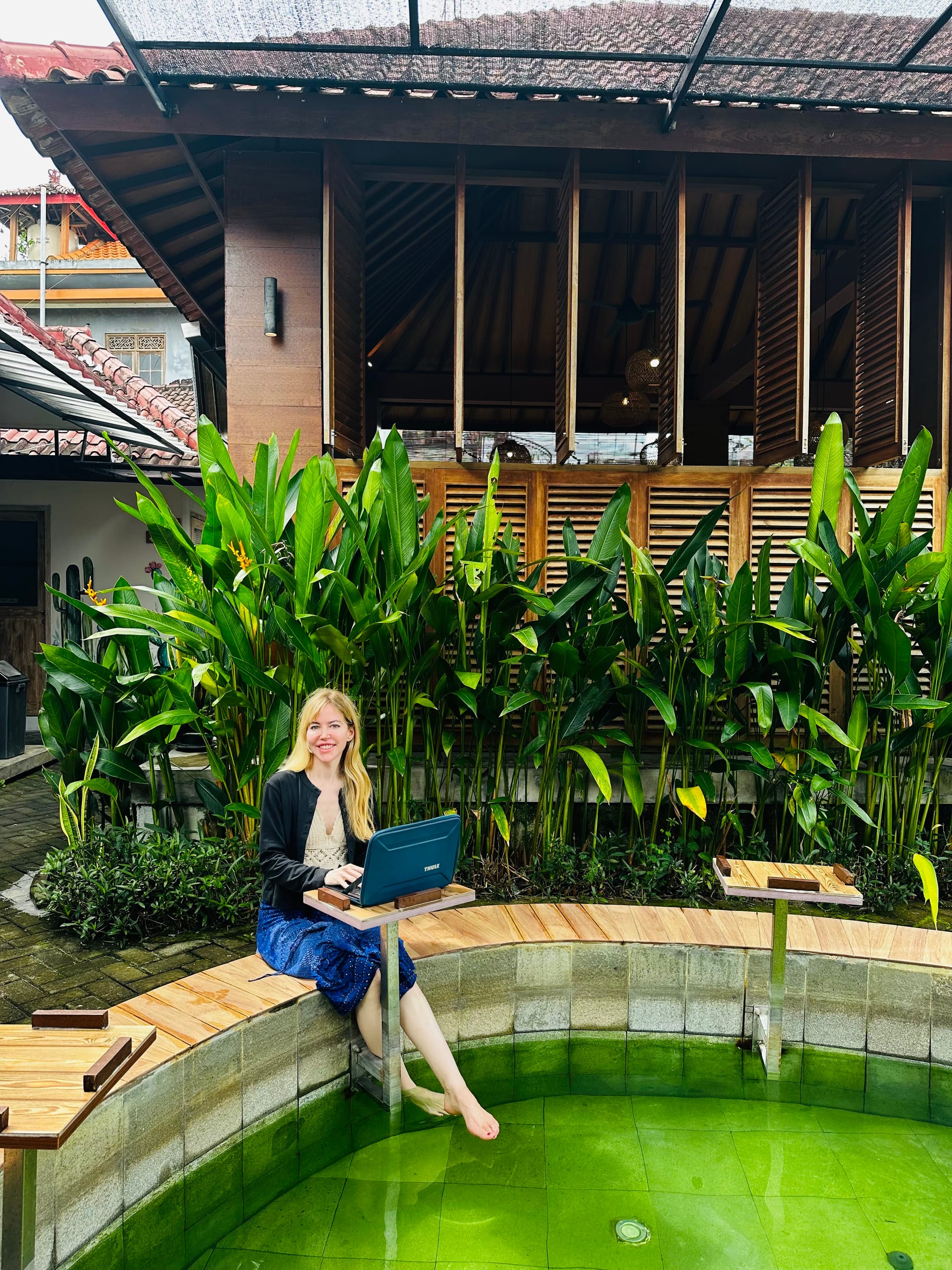
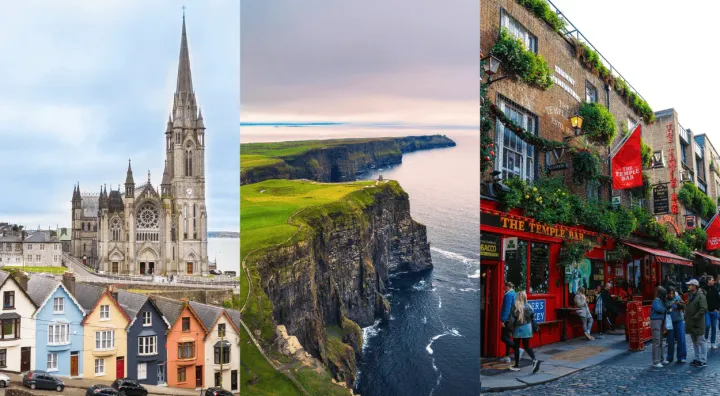
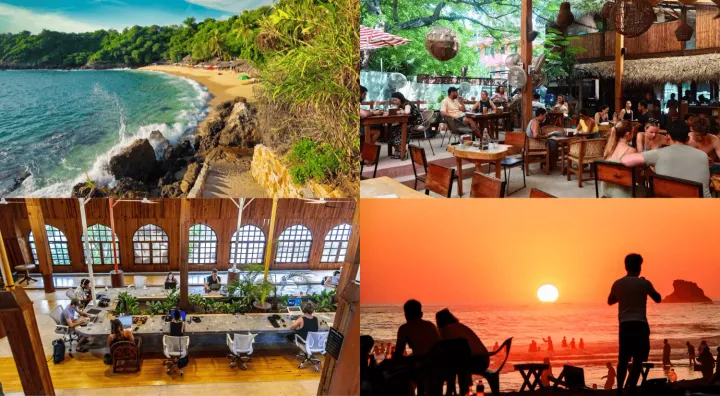
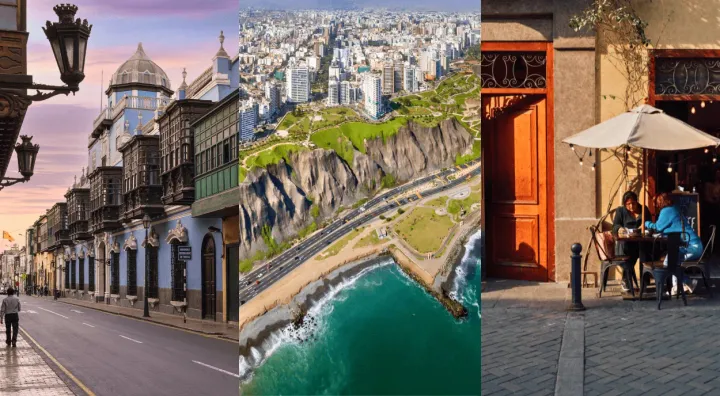
 Travel tips, hacks, and news
Travel tips, hacks, and news Exclusive travel discounts
Exclusive travel discounts Offers and promotions
Offers and promotions Digital nomad inspiration
Digital nomad inspiration Latest articles form our blog
Latest articles form our blog